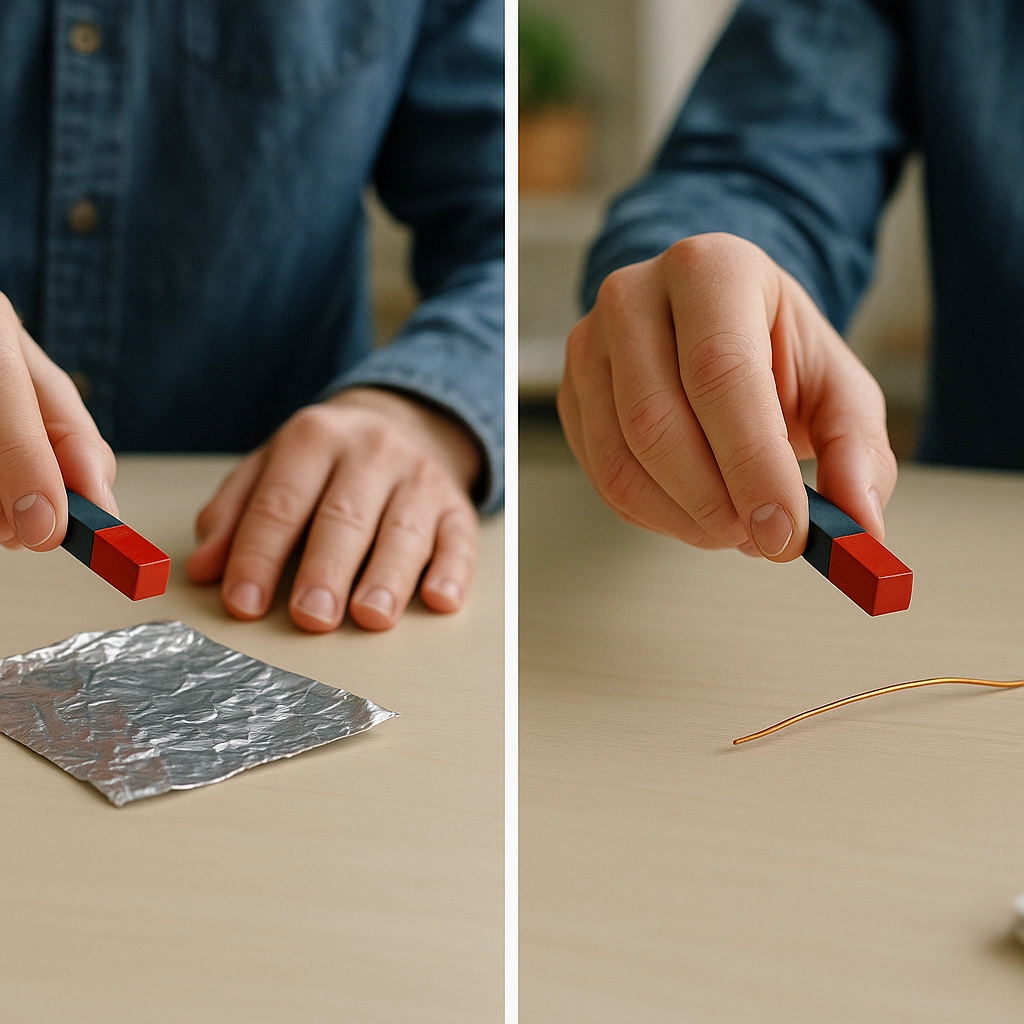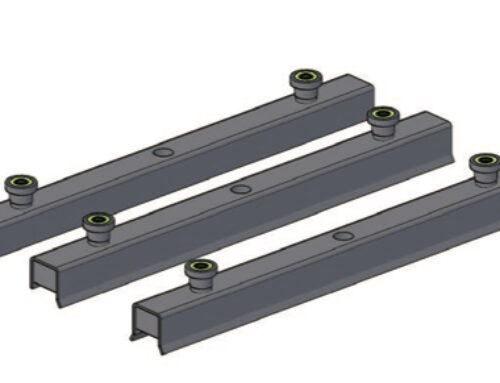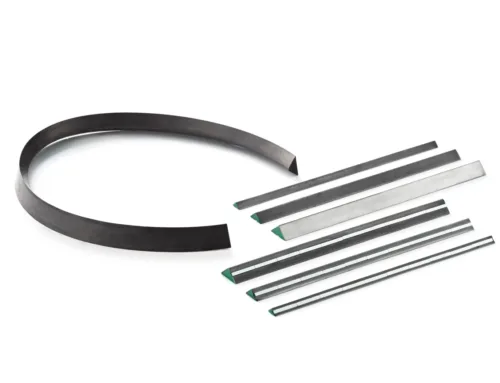Are you curious about why some materials stick to magnets while others don’t? Understanding the world of paramagnetic, diamagnetic, and ferromagnetic materials unlocks the secrets behind many everyday technologies — from your smartphone’s speakers to advanced medical devices.
At NBAEM, a trusted leader in magnetic materials supply, we know that choosing the right magnetic material is not just science—it’s smart business. In this post, you’ll get a clear breakdown of these three fundamental magnetic properties, how they work at the atomic level, and why they matter for industries relying on magnets.
Ready to master the basics and discover how the right magnetics can transform your next project? Let’s dive into the fascinating world of paramagnetism, diamagnetism, and ferromagnetism together!
What is Magnetism
Magnetism is a fundamental force that arises from the motion of electric charges. Simply put, it is the ability of certain materials to attract or repel others due to the alignment of their internal magnetic properties. At the heart of magnetism are atoms, where electrons move and spin, creating tiny magnetic fields.
The basics of magnetism depend largely on atomic structure. Inside each atom, electrons orbit the nucleus and also spin on their own axis. This electron spin generates a small magnetic moment—a bit like a tiny bar magnet. When many of these magnetic moments in a material line up in the same direction, the material shows stronger magnetic effects.
Magnetism varies because not all atoms have unpaired electrons or aligned spins. The way these electrons behave determines whether a material will be magnetic or not. Understanding these atomic and electron behaviors is key to explaining different magnetic properties like paramagnetism, diamagnetism, and ferromagnetism.
Magnetic Behaviors Explained Paramagnetism Diamagnetism and Ferromagnetism

Magnetic materials behave differently based on their atomic structure and how their electrons interact with magnetic fields. The three main types of magnetism are diamagnetism, paramagnetism, and ferromagnetism.
Diamagnetism happens when a material creates a tiny magnetic moment that opposes an applied magnetic field. This effect is very weak because it comes from changes in the orbits of paired electrons. Common diamagnetic materials include copper, bismuth, and carbon. In a magnetic field, these materials are slightly repelled, showing no permanent magnetism.
Paramagnetism occurs in materials with unpaired electrons. These unpaired electrons create small magnetic moments that align weakly with an external magnetic field, causing a slight attraction. Examples include aluminum, platinum, and some transition metal compounds. Unlike diamagnetism, paramagnetism is temperature-dependent and disappears when the field is removed.
Ferromagnetism is the strongest magnetic behavior. Here, magnetic moments of atoms spontaneously align in the same direction, even without an external field. This creates permanent magnets. Common ferromagnetic materials are iron, cobalt, and nickel. Their strong magnetism is essential in many industries, especially electronics, motors, and magnetic storage.
Each type plays a unique role in how a material responds to magnetic fields and offers different benefits for industrial and technological applications.
Comparing Paramagnetic Diamagnetic and Ferromagnetic Materials
When looking at paramagnetic, diamagnetic, and ferromagnetic materials, the main differences come down to magnetic susceptibility and how strongly each responds to magnetic fields.
- Diamagnetic materials have a negative magnetic susceptibility, meaning they create a weak magnetic field in the opposite direction of an applied field. This makes them slightly repel magnets.
- Paramagnetic materials have a small positive susceptibility because of unpaired electrons, so they’re weakly attracted to magnetic fields.
- Ferromagnetic materials show a very strong positive magnetic susceptibility since their magnetic moments naturally align even without an external field. This results in strong magnetization.
Temperature also plays a key role:
- In ferromagnetic materials, the magnetic ordering breaks down above a specific temperature called the Curie temperature, causing them to lose their strong magnetism.
- For antiferromagnetic and some paramagnetic materials, the Néel temperature marks the point where magnetic ordering fades.
Here’s a quick side-by-side look at how they behave in magnetic fields:
| Property | Diamagnetic | Paramagnetic | Ferromagnetic |
|---|---|---|---|
| Magnetic Susceptibility | Negative (weak repulsion) | Positive (weak attraction) | Large positive (strong attraction) |
| Electron Configuration | All electrons paired | Unpaired electrons present | Unpaired electrons with strong coupling |
| Response to Field | Slightly repelled | Slightly attracted | Strongly attracted and magnetized |
| Temperature Effect | No significant change | Weak temperature dependence | Loses magnetism above Curie temp |
| Common Examples | Bismuth, copper, water | Aluminum, platinum | Iron, cobalt, nickel |
Understanding these differences helps when choosing materials for specific industrial uses—from sensors and electronic components to magnetic storage. Knowing the Curie and Néel temperatures ensures materials perform reliably within expected temperature ranges.
Applications of Paramagnetic Diamagnetic and Ferromagnetic Materials
Magnetic materials play a big role across different industries in the U.S., especially in electronics, medical devices, sensors, and data storage. Here’s a quick look at where paramagnetic, diamagnetic, and ferromagnetic materials come into play:
- Paramagnetic materials are often used in specialized sensors and medical imaging devices due to their weak attraction to magnetic fields and quick response.
- Diamagnetic materials find use in areas requiring magnetic field shielding or stable environments, like in precision instruments where avoiding magnetic interference is key.
- Ferromagnetic materials are the go-to choice for strong magnets in hard drives, electric motors, transformers, and magnetic storage solutions thanks to their ability to maintain a strong magnetic field.
At NBAEM, we supply high-quality magnetic materials tailored for these applications. Whether you’re building sensitive sensors or heavy-duty industrial equipment, NBAEM’s products offer reliable performance, consistency, and durability.
Choosing the right magnetic material for your project matters. The right match improves efficiency, lowers costs, and boosts product performance—critical for industries here in the U.S. that demand top-tier magnetic solutions. NBAEM’s expertise in materials and customer support ensures you get exactly what you need, making your manufacturing or research process smoother and more successful.
Magnetic Materials Supply and Quality Why NBAEM
When it comes to magnetic materials, NBAEM stands out as a trusted supplier in the market. With years of expertise, they offer a wide range of paramagnetic, diamagnetic, and ferromagnetic materials to meet various industrial needs. Whether you need metals, alloys, or specialized magnetic compounds, NBAEM has the product selection to support your projects.
Quality control is a top priority at NBAEM. Every batch undergoes strict testing to ensure consistent magnetic properties and durability. This means you get materials you can rely on, whether for prototyping or mass production. Plus, NBAEM offers custom solutions tailored to your exact specifications, helping you optimize performance and cost-efficiency.
From research to manufacturing, NBAEM provides full support along the way. Their experienced team works with customers to find the right magnetic material, help with technical questions, and ensure smooth delivery. For businesses in the U.S. market, NBAEM’s dependable supply and service mean fewer delays and better project outcomes.





Leave A Comment